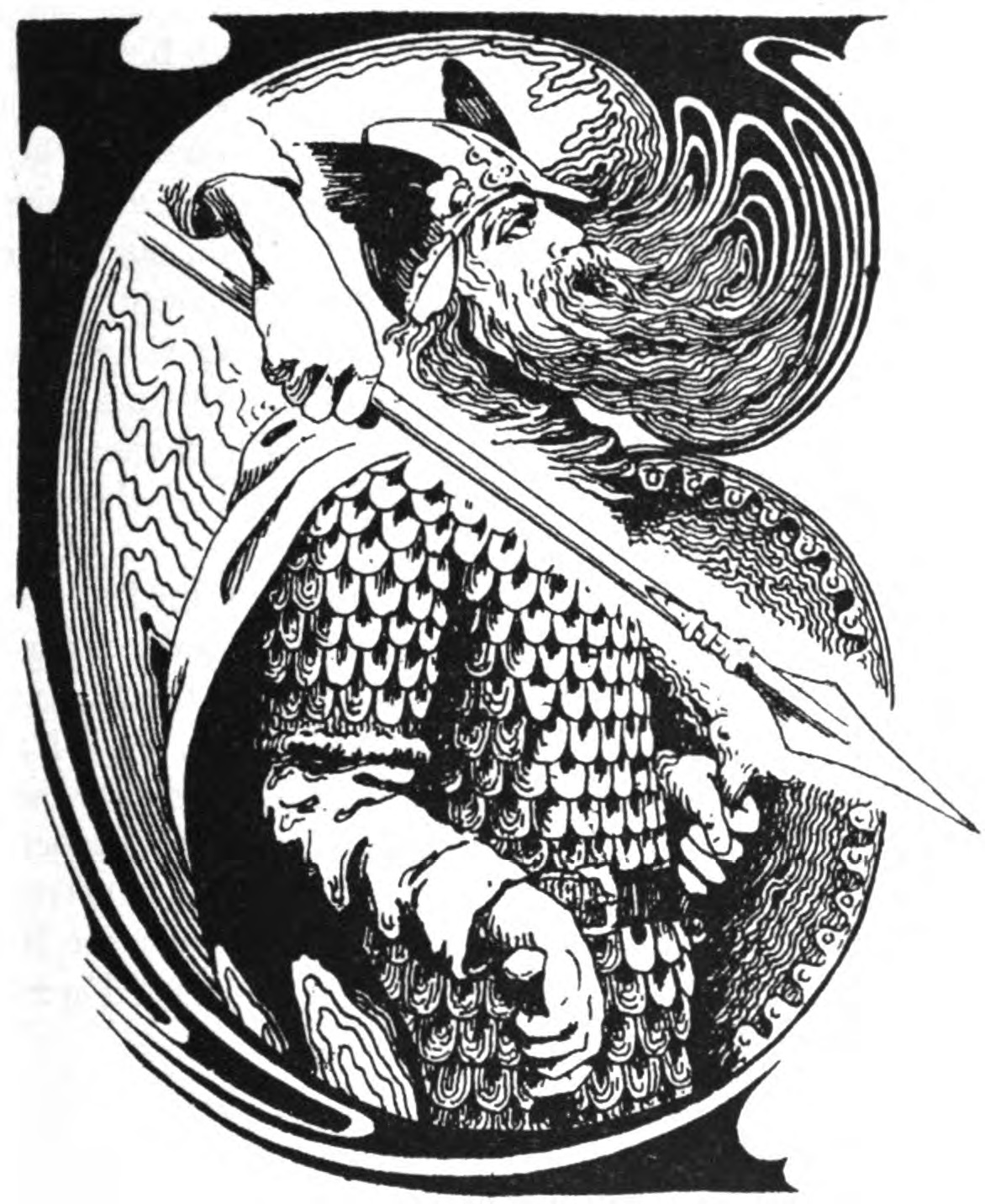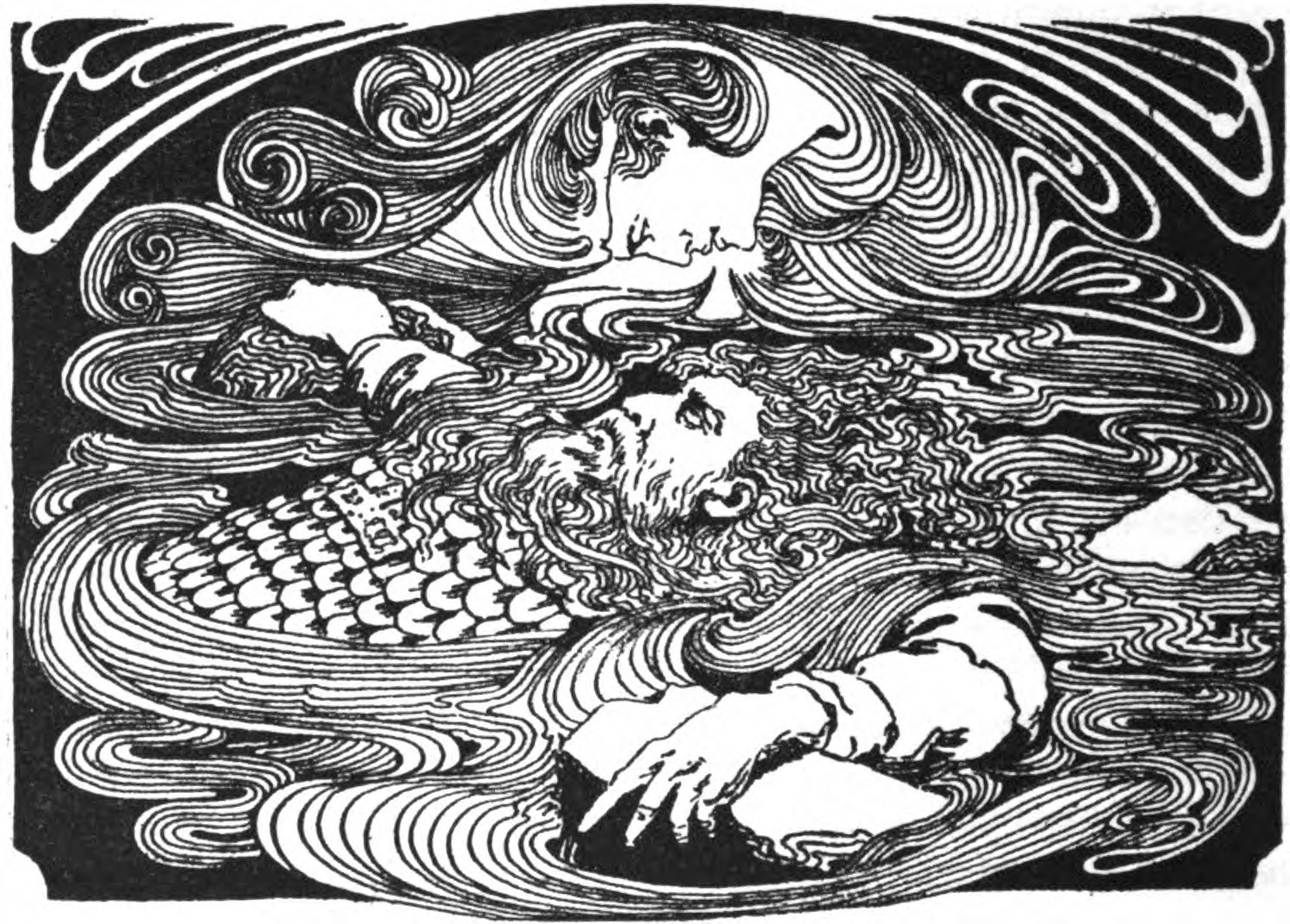Pre-Tolkien Challenge: The Regent of the North by Kenneth Morris
After covering Barbarian Book Club’s Pre-Tolkien challenge the other day, I figured there’s no reason not to join in. Dunsany and Merritt have been pretty well covered so far, so I wanted to review something lesser known. Nictzin Dyalhis or Clifford Ball would have been perfect, but it would feel too self-serving if I reviewed one of those. So instead I selected “The Regent of the North” by Kenneth Morris, which I first read, appropriately enough, in the anthology Tales Before Tolkien. It’s the best story in the book besides Merritt’s “Woman of the Wood.” Interestingly, editor Douglas A. Anderson doesn’t believe Tolkien ever read either story, but he included them anyway.
“The Regent of the North” first appeared in the August 1915 issue of The Theosophical Path under the strange pen name of C. ApArthur. The Theosophical Path was published by The Theosophical Society of Point Loma, California, where Morris lived at the time. Talbot Mundy, one of Adventure’s greatest writers, was also a member of the Society, and thought very highly of Morris’ work.
The tale begins like a beautiful prose poem:
“The northern winter is altogether ghostly and elemental; there is no friendliness to man to be found in it. There, the snow has its proper habitation; there, in the gaunt valleys of Lapland, in the terrible, lonely desolations, the Frost Giants abide. They are servants of the Regent of the North: smiths, that have the awful mountains for their anvils; and, with cold for flame tempering water into hardness, fashion spears and swords of piercing ice, or raise glittering ramparts about the Pole. All for the dreadful pleasure of doing it! They go about their work silently in the gray darkness; heaven knows what dreams may be haunting them—dreams that no mind could imagine, unless death had already frozen its brain. When the wind wolves come howling down from the Pole, innumerous, unflagging, and insatiable: when the snow drives down, a horde of ghosts wandering senseless, hurrying and hurrying through the night: the giants do their work. They make no sound: they fashion terror, and illimitable terror, and terror.... Or—is it indeed only terror that they fashion?...”
The tale concerns Halfdan Halfdansson, an aging Viking disgusted by the conversion of Sweden to Christianity. King Igne has cast aside the old heroic pagan virtues in favor of the new foreign creed of meekness. Halfdan refuses Igne’s command to allow a priest into his household and prepares for an assault by the king’s army. Instead, Igne insults him with this message: “Halfdan Halfdansson, you are senile; you will die soon, and your false religion will all but die with you. The faith of Christ commands forbearance and forgiveness. You shall die in peace, and suffer hell-flame thereafter; I will not trouble with you."
Angered, Halfdan the Aged considers raising a force to assault Igne’s hold in Upsala, but realizes the futility of such a course of action. Instead, he decides to go on one last Viking raid. A storm overtakes his ships, sending them far off course. He is washed ashore in Lapland. In this far northern land he is attacked by wolves, and he experiences the ecstasy of battle which he had sought.
The ending of the tale is wonderful and even heart-warming—from a pagan perspective. I’m not sure Tolkien would have cared for it.
You can read this story online at Project Gutenberg or in the print collections Tales Before Tolkien or The Dragon Path: Collected Stories of Kenneth Morris. It’s also in a collection of facsimiles of issues of The Theosophical Path from 1915.


